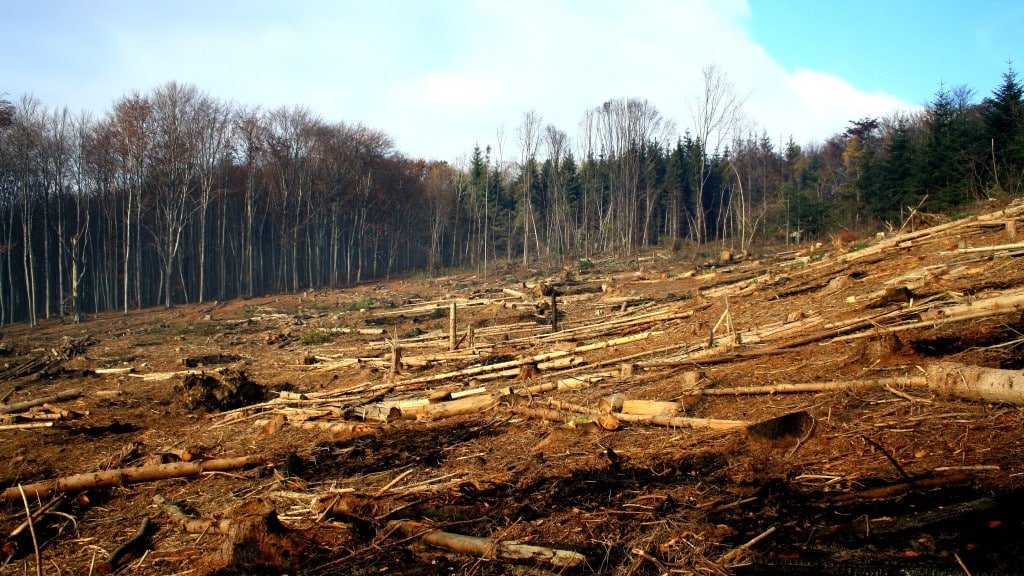NSW ends bush fire danger period, extends fire restrictions in select areas
- April 3, 2024
- 9:29 am


Iain Hoey
Share this content
Bush fire danger period concludes in NSW
The statutory Bush Fire Danger Period (BFDP) in New South Wales (NSW) officially ended on 31 March, marking the close of a season that began with heightened fire danger due to previous years of abundant rainfall.
This year’s fire season saw a total of 5,480 bush and grass fires, which consumed over 445,000 hectares across the state.
Despite a quieter summer attributed to timely rainfall, the initial stages of the fire season presented significant challenges.
Losses and successes of the fire season
Commissioner of the NSW Rural Fire Service (RFS), Rob Rogers, expressed deep sorrow over the loss of three RFS firefighters: Senior Deputy Captain John Holmes, Captain Leo Fransen, and Group Captain Dale Bowles, who died protecting communities.
“They lost their lives in the service of others, and our thoughts remain with their families and loved ones,” said Rogers.
Alongside the human toll, the season resulted in the loss of 29 homes, 142 outbuildings, and hundreds of livestock.
Nevertheless, thanks to the efforts of firefighters and landholders, numerous homes and buildings were spared.
Preparatory measures for the next season
Despite the end of the BFDP, fire restrictions will remain in place until mid-April and late April in the Mid-Western and Snowy Monaro Local Government Areas, respectively, due to local conditions.
Rogers highlighted the RFS’s ongoing commitment to preparation for the upcoming fire season, with over 62,000 hectares already treated since July.
“It’s important to remember, fires can occur at any time of the year, so we urge people to keep their property prepared, have bush fire survival plans up to date and discuss them with their family and household,” Rogers emphasised.
IFSJ Comment
The conclusion of the BFDP in NSW brings a moment of reflection and forward planning for the state’s fire services and communities.
The loss of life and property underscores the unpredictable and dangerous nature of bushfires, while the extensive damage highlights the ongoing challenge of managing fire risk in a changing climate.
The RFS’s efforts in hazard reduction, preparation, and community engagement are critical components of a comprehensive strategy to mitigate future fire risks.
These actions, alongside the extended fire restrictions and emphasis on community preparedness, demonstrate a proactive approach to fire safety.
As NSW looks ahead, the lessons learned from this season will undoubtedly inform future strategies to protect both lives and livelihoods against the ever-present threat of bushfires.

